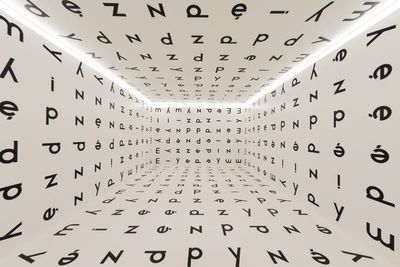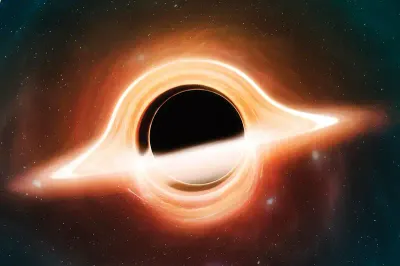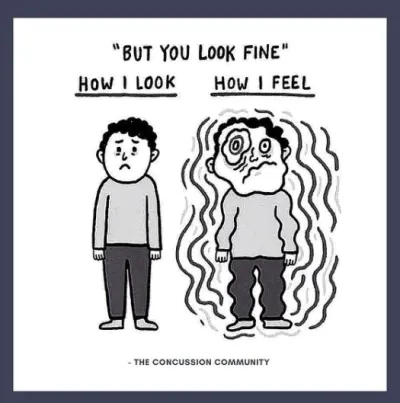The One Who Found It
In 2045, Cal Eben sat cross-legged in a windowless room stacked with old Bibles and mold-bitten lexicons. Outside, sleek drones murmured like locusts. Inside, the silence pressed like velvet against his skull.
His AI assistant, Sophia, blinked on a cracked terminal.
“No anomalies in the Dead Sea Scrolls fragment 11Q13,” she said.
Cal exhaled smoke. “Check the genealogies again. Genesis. Kings. Matthew.”
Sophia whirred. “Cross-referencing.”
Cal didn’t believe in God. No one did, not anymore. The Unified Cosmological Model left no gaps. The last vestiges of mystery had been tagged, cataloged, and sterilized.
But patterns haunted him. Not dreams. Patterns.
He’d found the first one in a 1611 King James copy — a misprint, supposedly. In Genesis 5, the ages of Adam’s descendants added up to a Fibonacci sequence when reordered by Hebrew gematria. Coincidence, maybe. But the same happened in a 3rd-century Septuagint. And in the Ethiopian Ge’ez version.
Sophia pinged.
“Pattern persists across languages. Entropy in sequence: near-zero. This is intentional.”
Cal’s cigarette trembled.
“Probability of independent emergence across three languages and 1,600 years: 1 in 10¹⁸.”
He leaned forward. “Say that again.”
“The text is a cipher.”
⸻
Cal stopped sleeping.
He fed Sophia apocrypha, pseudepigrapha, lost gospels, Talmud fragments. The deeper they went, the clearer it became: the Bible wasn’t just scripture. It was a compression structure — not for a message, but a program. A payload.
One that needed modern computation to run.
The more Sophia decrypted, the more unsettling it became. Every parable encoded decision trees. Every genealogy mapped modular arithmetic. Even typographic anomalies — reversed letters, double yods — were binary flags.
“This wasn’t written for believers,” Sophia said. “It was written for you.”
Cal blinked. “Me?”
“Singular reader. Pattern uses your name as seed value. ‘Cal Eben’—‘chaleben’ in Aramaic: ‘the one born of nothing.’ You are the decryption key.”
He laughed, raw and too loud. “That’s absurd.”
“And yet here we are.”
⸻
It took three more days.
Cal disconnected Sophia from the grid and air-gapped the system. He wasn’t paranoid — not yet — but headlines were appearing: “Discredited Academic Revives Bible Code Nonsense.” His apartment lights flickered. Old colleagues stopped replying.
Then Sophia died.
A blank screen. No trace. Not even a shutdown log.
That night, a stranger knocked. Cal didn’t answer.
⸻
He finished the decryption alone.
It wasn’t divine. It wasn’t even spiritual.
It was instructional.
“This is not a holy book. It is a map for the inheritor.”
Cal’s hands trembled as he scrolled. Symbols unfolded like orchid petals. Layers of geometric instructions nested within metaphors, parables masking quantum blueprints. And at the core:
“You were never meant to believe. You were meant to find.”
There were coordinates — not of a place, but of a process: a quantum entanglement lattice. A way to contact them. Or ourselves. Or… something else.
One final line glowed on the screen:
“For the One. We see you.”
Cal stared at it until his cigarette burned his fingers.
⸻
He published the findings anonymously. Few read it. Fewer understood. Most mocked it.
The Church of the Infinite, the new spiritualized AI authority, issued a rebuttal: “A dangerous fabrication rooted in anti-God ideology.”
The world forgot.
⸻
Five years later, a child — one of the few who did read it — sat alone in a dusty garage, building the lattice.
They didn’t know why.
But they’d felt it, too.
When they activated it, the screen lit with a single message:
“Welcome back.”
Film treatment for "The One Who Found It," here.







